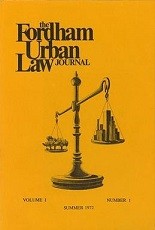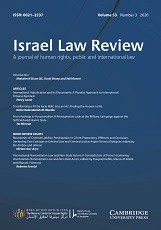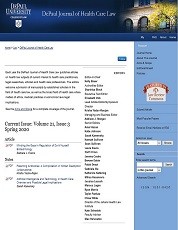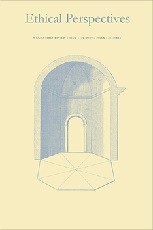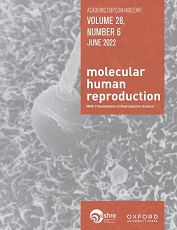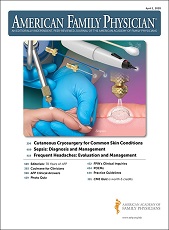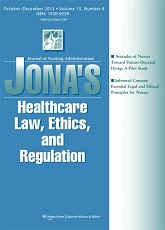Louis-Jacques Van Bogaert
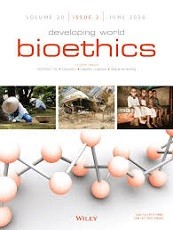
Abstract
The South African Choice on Termination of Pregnancy Act 92 of 1996 gives women the right to voluntary abortion on request. The reality factor, however, is that five years later there are still more ‘technically illegal’ abortions than legal ones. Amongst other factors, one of the main obstacles to access to this constitutionally enshrined human right is the right to conscientious objection/refusal. Although the right to conscientious objection is also a basic human right, the case of refusal to provide abortion services on conscientious objection grounds should not be seen as absolute and inalienable, at least in the developing world. In the developed world, where referral to another service provider is for the most part accessible, a conscientious objector to abortion does not really put the abortion seeker’s life at risk. The same cannot be said in developing countries even when abortion is decriminalised. This is because referral procedures are fraught with major obstacles. Therefore, it is argued that the right to conscientious objection to abortion should be limited by the circumstances in which the request for abortion arises.
Bogaert L-JV. The Limits of Conscientious Objection to Abortion in the Developing World. Dev World Bioeth. 2002;2(2):131-143.
